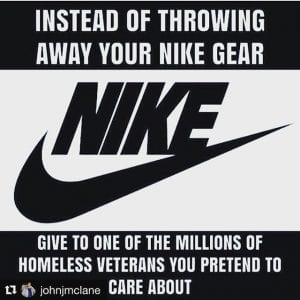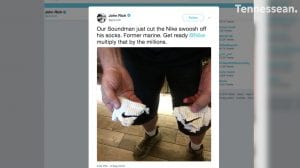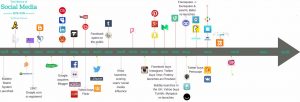Before you even begin to write your hero’s journey, I need you to first think about your hero. The other day you created a super hero. Feel free to make them your hero. Maybe that is not what you want. Fine. Create a new character.
The Paragraph before the first paragraph. The Pre-Paragraph? In at least a paragraph (just the very minimum buddy) describe your hero’s ordinary world. This is where your hero normally lives. Introduce your hero. Who are they? Describe them. What is daily life like for them? Where do they live?
Paragraph 1: The Call to Adventure…The hero must face a challenge or problem. What happens to the hero that forces them to face some challenge? Maybe think of a villain here.
Paragraph 2: Assistance At first, your hero is afraid. Talk about what makes them nervous. Why do they have doubts? Introduce the mentor (the person who helps him or her accept the call to adventure) Describe the mentor. What will they say to convince your hero to accept the adventure?
Paragraph 3: Departure Hero accepts the call and leaves the ordinary world. Describe how the Hero knows they have to do what they have to do. What are they going to have to do? Possibly describe the new place that they will have to go. How is this new life so very different than their ordinary world?
Paragraph 4: Trials It is not easy work being a hero. What are some of the trials that your hero must face?
Paragraph 5: Approach Time to approach one of the biggest challenges or fears.
Paragraph 6: Crisis Darkest Hour. Things are not going well for your hero. How do they fail?
Paragraph 7: Treasure Create a Reward that your hero earns. The Reward may come in many forms: an object of great importance or power, a secret, greater knowledge or insight, or even reconciliation with a loved one or ally.
Paragraph 8: Result What is the result that comes from your hero gaining the treasure? Whatever the treasure, which may well facilitate their return to the Ordinary World, the Hero must quickly put celebrations aside and prepare for the last leg of their journey
Paragraph 9: Return Now the hero must return home with his/her reward. Talk about their thoughts of going home and how they look forward to it.
Paragraph 10: New Life The hero is a changed man or woman. They will have grown as a person, learned many things, faced many terrible dangers and even death but now looks forward to the start of a new life. Ultimately the Hero will return to where he/she started but things will clearly never be the same again.
Paragraph 11: Resolution How are all problems solved? How are things different and better?
Paragraph 12: Back to the Ordinary World What is life like now that the hero is back to their ordinary world?











